Hand tools are fine for the odd job around the house like general maintenance, fixing the kids’ bikes, or tightening that loosened screw. They’re cheap to buy and easy to use. For more serious tasks that require a bit more elbow grease and higher levels of precision, however, there’s no substitute for power tools. These source power from a mains supply, rechargeable batteries, petrol or diesel, or use air from a compressor. They’ll get home improvement and more demanding jobs done that much quicker.
If you’re a complete novice just picking up a new trade, there are tools that you’ll be using across the board, and some that are quite specific for the task at hand, but nevertheless necessary. Start out with basic tools, those that replace hand tool staples like hammers, screwdrivers and saws, and work your way up as your skills improve. And to get working sooner, source your needed power tool online.
Basic Gear for around the House
Tools that you’ll use at home won’t need to have the power ratings or run times of heavy-duty options usually reserved for the jobsite. These are tools that make general repairs simple and quick, and come with a slew of accessories to hone your skills, if you ever decide to get serious with DIY-ing.
There are corded and cordless options, with corded power tools coming in slightly cheaper but limiting mobility during work. If you need a tool that you can use anywhere, and in places far from a mains supply, then go for cordless tools. Just remember to stock up on extra batteries. The following essential power tools will see the most use around the house:
• Power Drills – No matter if it’s corded or cordless, you’ll be using a power drill in many home repair scenarios, as well as a lot of DIY projects like assembling furniture, mounting TV wall brackets or creating the perfect patio. Different bits are attached to the drill chuck for different jobs. You can drill holes, attach screws and bolts into walls, clean engines with a scrub brush, mix paint, polish the car, cut sheet metals, sand down chipped chairs. A power drill even doubles as a handy gardening tool with an attached auger.
Drill drivers are good for smaller jobs into wood or plasterboard, impact drivers have hex sockets, and reversible rotation to drive or remove all types and sizes of fasteners. Combi drills combine both and can be used in almost all materials you’d find at home, from plastics to concrete. For more heavy-duty work, consider a hammer drill that is specially designed to drill into thick concrete, brick or stone.
When buying a drill, consider the overall power output (more is always better), the chuck size to accommodate all those different drill bits, motor speed with variable settings when working with different materials, and in cordless drills the voltage and run time in the battery.
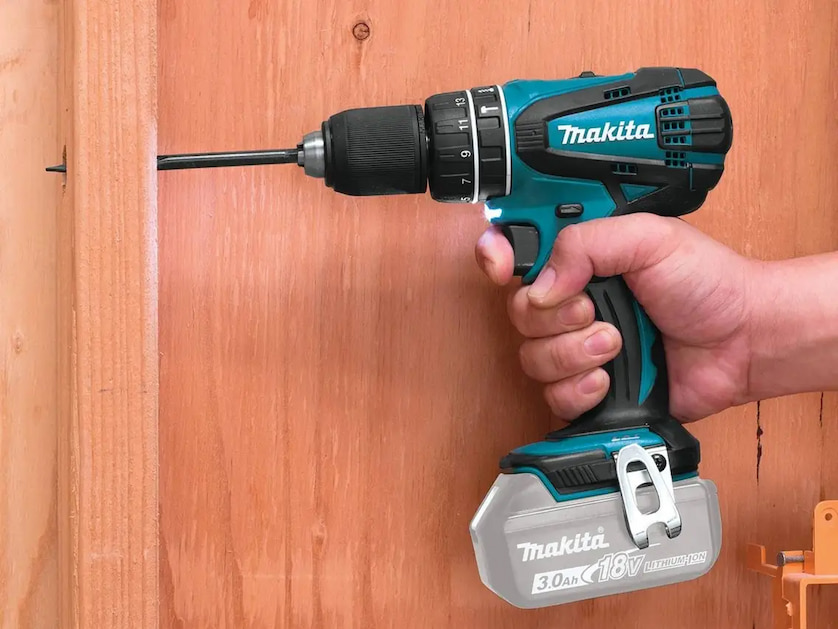
• Jigsaws – To get precise, detailed straight or curved cuts in wood, metal or plastic you’ll want a jigsaw. This is a small but powerful saw with the blade facing straight down. It gets the best results in thinner pieces, so sculpting your next dinner table, or cutting tiles for the kitchen floor is where this tool is at home. There are different blades for different types of cuts and materials, and adding or removing blades is done quickly. Look for jigsaws with variable speed settings, and more power (spot the recurring theme). If you need mobility, you can always go cordless.
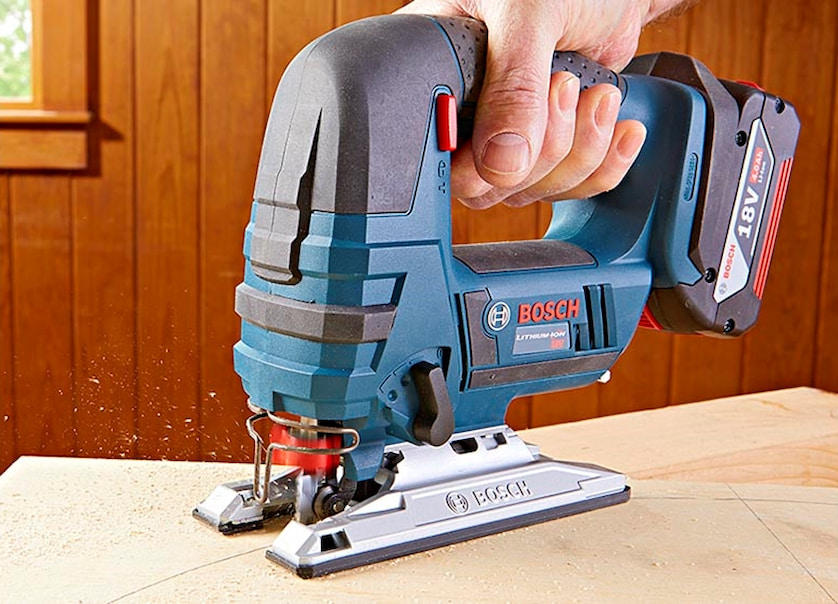
• Reciprocating Saws – The jigsaw’s cousin, the reciprocating saw, has a blade extending outwards at a straight angle. These saws are somewhat bigger and more powerful, and the blades are a little thicker and longer. A reciprocating saw works on a push-pull principle and at very high speeds, making it ideal to cut into metal or plastic pipes, for additions into plasterboard walls, cutting all types of fasteners, or even pruning an overgrown tree.
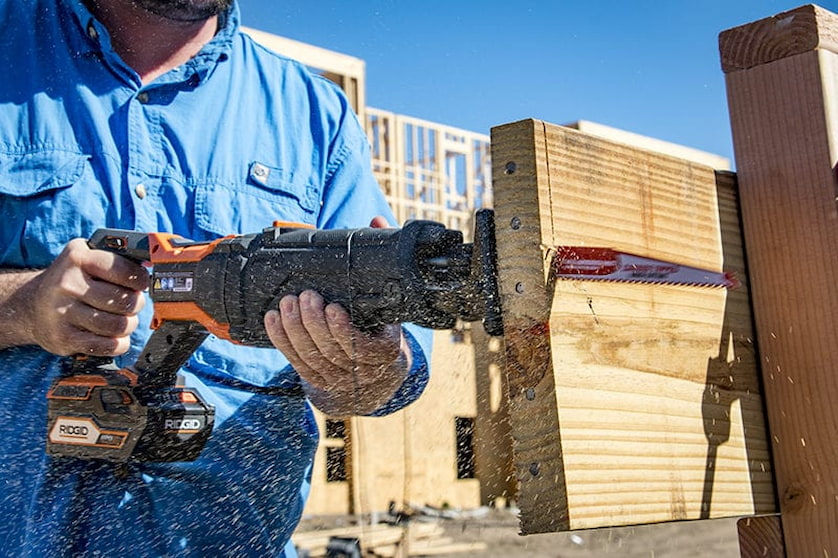
• Circular Saws – Circular saws are preferred for cutting thicker pieces of wood, concrete, and metal fast. They’re ideal for cutting bigger timber planks to size, for precision cuts into metals, quickly getting firewood from a log, shaping pieces of plywood and more. Circular saws take blades with differently sized and numbered teeth to make a variety of cuts. Besides speed, additions like fences also contribute to more precise cuts with a finer finish. Get the most powerful saw, corded or cordless, that your budget allows.
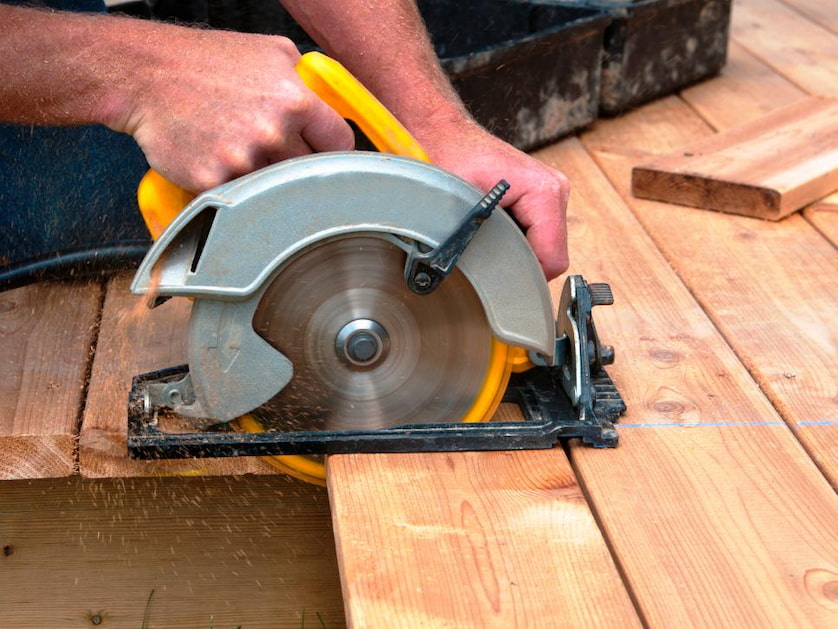
• Sanders – These power tools are great for a range of jobs, from removing chipped paint, sanding down furniture or floorboards, and even adding another layer of polish to the car. Belt sanders are bigger and heavier and suited to more heavy-duty tasks as they remove more material in single go, whereas orbital sanders create smoother finishes in larger pieces of wood. For more detailed work, look for small palm sanders. Differently sized sanding paper, and in different coarseness, will impact the level of finish. There are also additions like brushes that are handy in polishing and waxing applications.
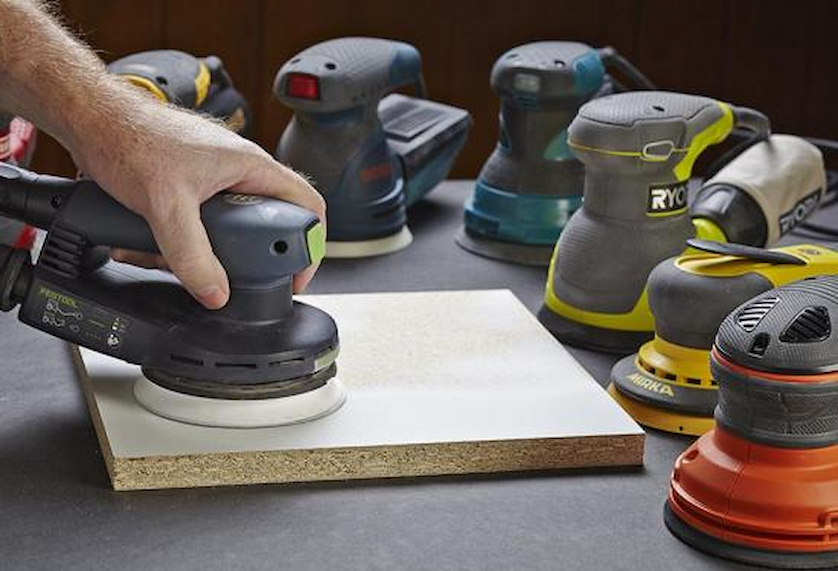
Heavy-duty Tools
The tools above are staples in any DIYer’s toolkit, and you can get these and any power tool online, and from the comfort of home. The same applies for tools that you plan to use at the jobsite. Benchtop mitre saws are good for making easy cuts into longer and thicker planks and planer thicknessers then can straighten and level the boards.
For drilling into thicker metals and concrete look for magnetic drills, either pneumatic or electric. Air tools are good in high-risk environments, so are safer options than corded or battery powered tools. You’ll also find a range of site preparation tools, like soil compactors, power screeds, trowels and concrete vibrators when putting in a new driveway or footpath. These are large, powerful, expensive tools that are job-specific and need a little more skill and experience to get the job right.
When buying you next power tool, think of what you’ll be working on, the power requirements of the job, how long you’ll be using the tool during the day, the working conditions and environment and whether mobility and the size and weight of the tool is important. In addition, think of the available attachments in tools like drills or saws to get the job done precisely, quickly and with the minimal amount of fuss. You can buy tools separately, or save some cash when buying packaged sets, with several tools and included accessories like bits, blades, batteries and storage cases.











